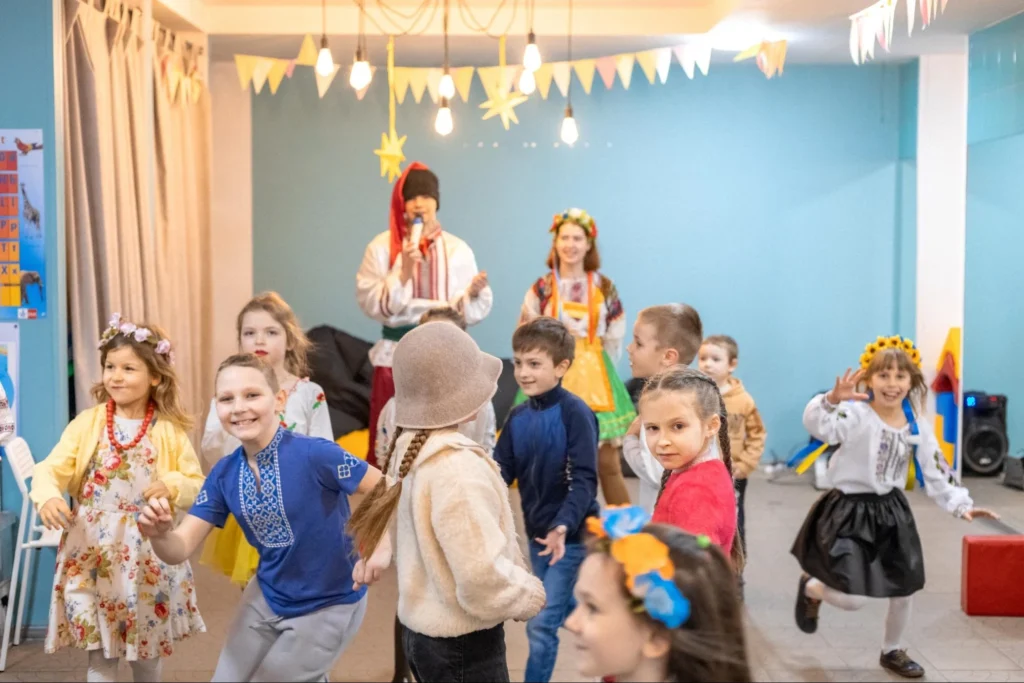How to help a child through an emergency? Ukrainian psychologists share their insights

Millions of Ukrainians, young and old, continue living their lives in Ukraine despite constant attacks from Russia. For Ukrainian parents, the top priority is to protect their children and help them process traumatic events. Top Ukrainian psychologists have come up with various rules and techniques to soothe children during emergencies. Here are some of them.
Demonstrate reliability
In stressful situations, children need extra reassurance that parents can protect them. While feeling anger, sadness, and despair is normal, it’s important not to demonstrate them to the child. If there are several adults the child trusts, the most composed one should be the one talking to the child about the situation.
With younger children and preteens, provide words of affirmation and physical touch through hugs or cuddles. Teenagers, on the other hand, may see hugs as a sign of weakness. Instead, provide them with facts and guide them toward reliable sources of information. When stressed and emotional, our brains are less logical and may be more susceptible to panicky fakes.
Recreate routines
Routines are vital in helping the child feel safe in turbulent times. It may be impossible to keep the child’s routine unchanged, so you should try to keep at least one or two habits or rituals to give the child a sense of normalcy. The goal here is not to give the illusion that nothing has changed but rather to help the children stabilize their nervous systems, decrease anxiety, and cultivate resilience.
As the child’s emotional needs change during emergencies, you should consider implementing new habits in the child’s routines that can aid emotional regulation. Under stress, many kids go back to hobbies or games they played when they were younger. They can also imitate war during play, which is healthy as long as it doesn’t involve violence or aggression towards other kids.
New habits can also involve activities outside of home. Since 2022, Rescue Now has opened two Litokryl spaces in Kharkiv, where kids can safely socialize offline, get psychological support, and attend various workshops. Our goal with Litokryl is to give every kid in need a safe space to make friends, fool around, and do other things kids are supposed to do.
Reconnect with the body
High levels of constant anxiety can cause anxiety or panic attacks. Younger children may start crying hysterically to the point where they throw up or have trouble breathing. When it happens, it’s important to establish physical contact with the child, hold them in your arms, hug them, or hold their hands. Tell the child you’re here, breathe slowly, and ask them to repeat after you.
The 5-4-3-2-1 technique is an excellent grounding exercise that can help a child – or an adult – to distance themselves from anxious thoughts and bring awareness back to physical reality. First, ask the child to point out five things they can see and four things they can hear. Then, ask them for three things they can feel, such as the chair they are sitting on or the socks they are wearing. Finally, ask them to name two things they can smell and one thing they can taste. It can be the lingering taste of toothpaste or their last meal. Giving the child a sip of water, a piece of gum, or candy is also helpful in bringing awareness back to the body and away from the thoughts.
